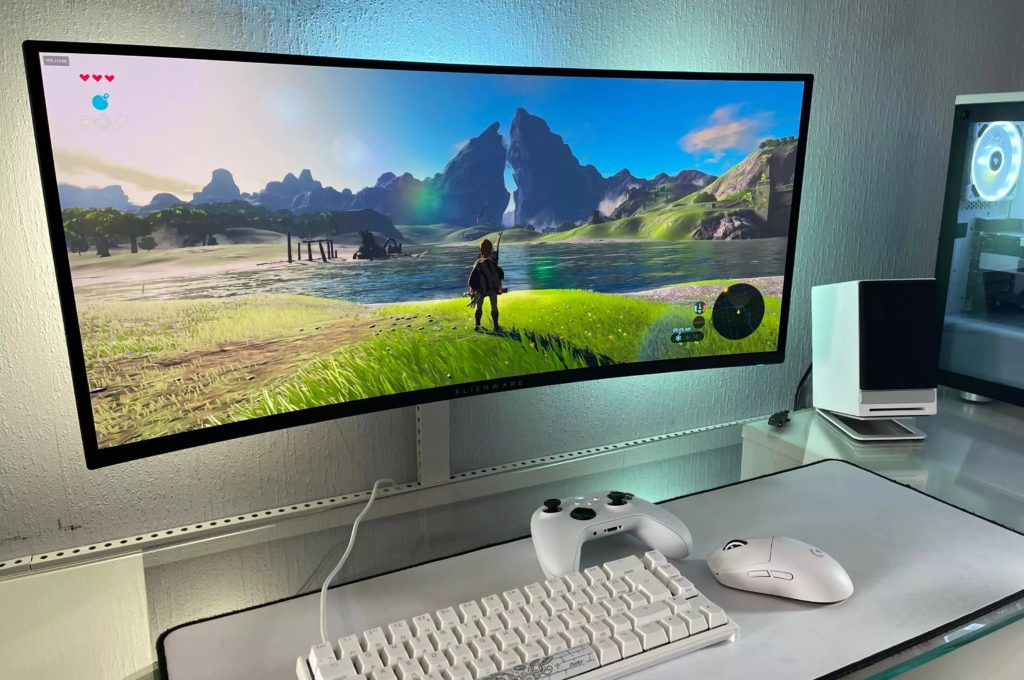Have trouble with a Monitor you should buy this Holiday for a well-spent gift for you or for someone? Worry no more, in this blog I will help you with what you should consider when buying a gaming monitor.
Gaming monitors are an important component of any gamer’s setup. A good gaming monitor can provide a more immersive and smooth gaming experience, with vibrant colors, fast refresh rates, and low response times. In this guide, we will discuss the key factors to consider when shopping for a gaming monitor, including size, resolution, refresh rate, response time, and connectivity. We will also provide some tips for choosing a high-quality gaming monitor that meets your needs and budget. Whether you are a casual gamer or a professional e-sports athlete, this guide will help you find the right gaming monitor for your setup.
When shopping for a gaming monitor, there are several factors to consider. The most important ones are:
First is the Size. Gaming monitors are typically available in sizes ranging from 23 to 35 inches or larger. The size you choose will depend on the size of your desk and personal preference.
Next is the gaming monitor Resolution. A higher resolution means that the monitor can display more detail, making games look sharper and more realistic. Most gaming monitors have a resolution of 1080p (1920×1080), but some higher-end models have a resolution of 1440p (2560×1440) or 4k (3840×2160 pixels).
Another thing to consider is the Refresh rate. The refresh rate is the number of times per second that the monitor can update the image on the screen. A higher refresh rate makes the image on the screen look smoother, which is important for fast-paced games. Most gaming monitors have a refresh rate of 60Hz, but some higher-end models have a refresh rate of 120Hz or higher.
We can also consider the Response Time. The response time is the amount of time it takes for a pixel on the monitor to change color. A lower response time means that the monitor can display fast-moving images more smoothly, without blurring. Most gaming monitors have a response time of 1-2ms, but some higher-end models have a response time of 0.5ms or lower.
Finally, the last thing we can consider when buying a gaming monitor is Connectivity. Gaming monitors typically have HDMI, DisplayPort, and /or USB ports for connecting to your computer or gaming console. Make sure the monitor has the ports you need for your setup.
In addition to these technical specifications, you should also consider the design and build quality of the monitor. A well-designed monitor with a sturdy stand and thin bezels can enhance your gaming experience, while a poorly-made monitor can be frustrating to use. Reading reviews from other gamers can help you find a high-quality gaming monitor that meets your needs and budget.
In conclusion, when shopping for a gaming monitor, it’s important to consider several key factors, including size, resolution, refresh rate, and connectivity. A higher-end gaming monitor with a larger size, higher resolution, higher refresh rate, and lower response time can provide a more immersive and smoother gaming experience, but it will also be more expensive. It’s important to choose a gaming monitor that meets your needs and budget and to read reviews from other gamers to find a high-quality product. Ultimately, the right gaming monitor for you will depend on your personal preferences and the games you play.


